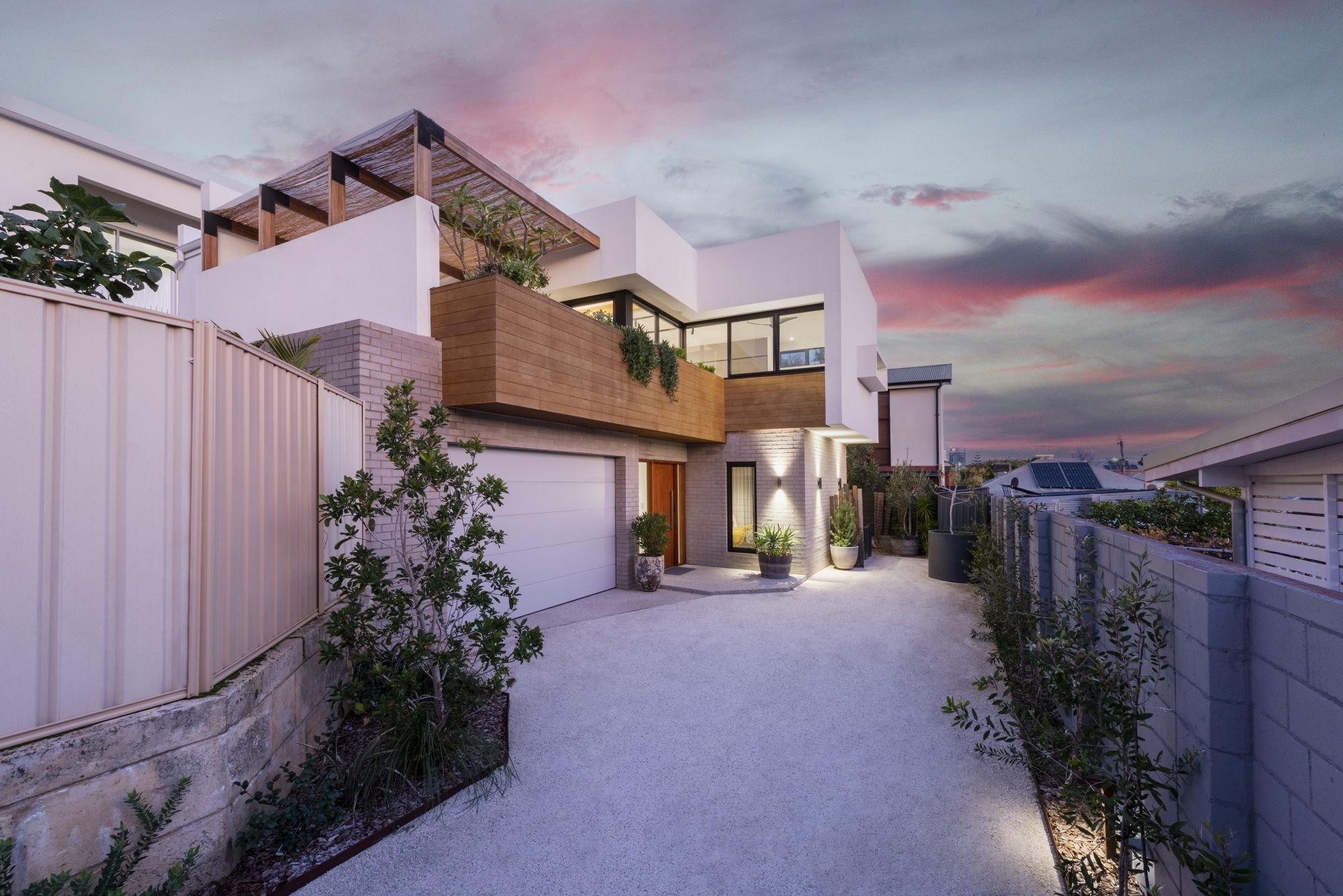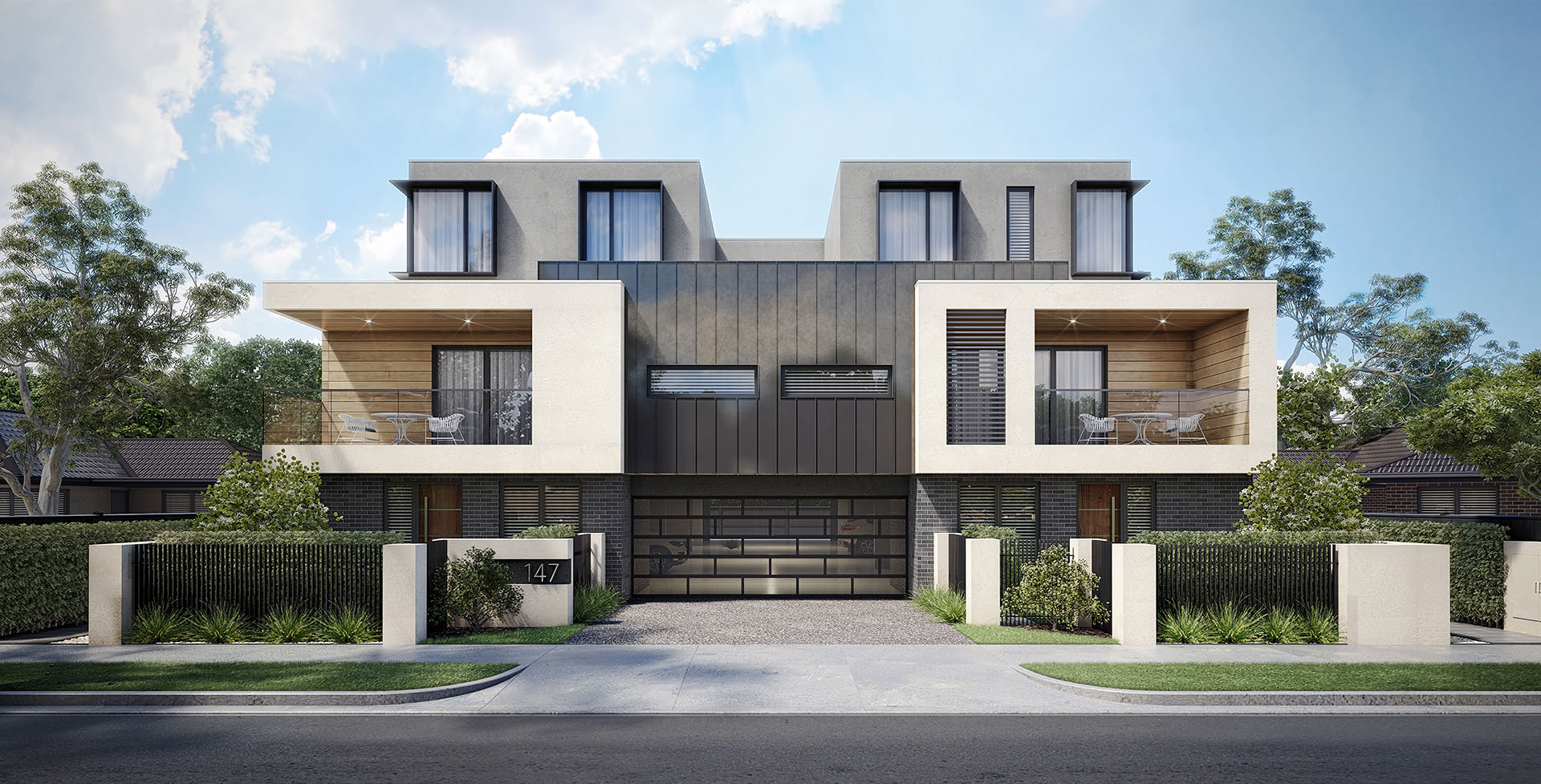Leading Fads in Residential Design You Need To Understand About
As domestic design proceeds to evolve, a number of engaging trends are forming the way we make and inhabit our home. Key growths such as sustainable building methods, the combination of clever home technology, and the increase of modular homes emphasize a substantial shift towards both capability and ecological obligation. In addition, concepts like open plan living and biophilic design are redefining our interaction with space and nature. Comprehending these fads not just notifies layout selections but also discloses broader ramifications for way of life and neighborhood - residential house architect. What might these developments indicate for the future of household living?
Sustainable Building Practices
A boosting number of residential jobs are welcoming lasting building practices, driven by an expanding understanding of environmental impact and energy performance. This change is identified by the assimilation of environment-friendly materials, energy-efficient layouts, and cutting-edge building and construction techniques. Homeowners and building contractors are progressively prioritizing the use of renewable sources, such as bamboo and recycled steels, which not only decrease the carbon footprint yet likewise improve the durability and visual charm of residential or commercial properties.
Incorporating energy-efficient systems is one more essential aspect of lasting structure - residential house architect. Attributes such as high-performance insulation, energy-efficient windows, and solar panels are coming to be standard in new household styles. These elements not only add to reduced energy intake however additionally provide substantial long-term financial savings for property owners
Additionally, the layout of lasting homes frequently highlights natural light and air flow, decreasing the dependence on fabricated lights and climate control systems. Landscape design practices, such as xeriscaping, further promote sustainability by decreasing water usage.
As the demand for lasting living remedies remains to rise, the property architecture industry is poised to adjust and innovate, making certain that future homes are not only ecologically liable but also comfy and functional for their residents. - residential house architect
Smart Home Modern Technology
Smart home technology is transforming the method homeowners communicate with their living rooms, enhancing benefit, energy, and safety and security administration. This cutting-edge strategy incorporates numerous gadgets and systems, permitting customers to manage their homes from another location or with automated processes. Central to this pattern is making use of clever gadgets such as thermostats, lighting, safety video cameras, and devices, all connected through the Internet of Things (IoT)
Among one of the most attractive functions of wise home modern technology is the capacity to tailor setups for optimal power effectiveness. House owners can keep an eye on power use and change air conditioning, illumination, and heating based upon their routines, dramatically minimizing utility costs. Sophisticated security systems geared up with wise locks and surveillance cams provide peace of mind, allowing remote surveillance and informs to potential safety breaches.
Integration with voice-activated aides enhances individual experience, permitting home owners to control tools with simple voice commands. As technology continues to advance, the potential for wise home systems to boost lifestyle expands, making them an essential consideration in modern-day residential design. Eventually, clever home technology is not simply a fad yet an essential change towards much more intelligent living environments.
Open Idea Living
Open up principle living has become a defining feature in contemporary household style, defined by the elimination of typical obstacles between spaces. This style ideology promotes fluidity and connectivity within the home, permitting a seamless shift in between locations such as the cooking area, eating, and living rooms. By eliminating dividers and walls, open idea designs produce a feeling of space, promoting an inviting environment that improves social communication.

Additionally, this method to household style aligns with minimalism, concentrating on functional simplicity and aesthetic coherence. Home owners appreciate the convenience of these designs, which can be easily adjusted to reflect individual design with furnishings plan and style. As open idea living remains to acquire traction, it remains a testimony to evolving household characteristics and the desire for homes that boost connection and convenience.
Biophilic Layout
Biophilic design has ended up being progressively substantial in residential design, stressing the inherent connection in between human beings and nature. This design approach looks for to incorporate natural environments right into living spaces, thus fostering a feeling of health and enhancing the high quality of life for passengers. By integrating features such as natural light, greenery, and natural products, biophilic layout advertises an unified partnership between interior environments and the natural world.
Crucial element of biophilic layout include big home windows that supply unhampered sights of outdoor landscapes, living walls that More Help introduce greenery into interiors, and open flooring plans that encourage airflow and natural light penetration. Water attributes, both inside and outside the home, serve to create relaxing atmospheres and enhance sensory experiences.
Furthermore, the usage of lasting materials not only supports ecological stewardship but additionally adds to much healthier interior air high quality. As understanding of ecological problems boosts, house owners are progressively focusing on designs that reflect their link to nature. Basically, biophilic style not only boosts aesthetic allure yet additionally addresses emotional and emotional demands, making it an essential pattern in contemporary residential architecture.
Modular and Prefab Residences

Moreover, modular and prefab homes are developed with sustainability in mind. Numerous makers utilize environmentally friendly materials and energy-efficient systems, such as solar panels and advanced insulation techniques, adding to minimized power usage and lower utility bills for home owners. The versatility of design options permits customization, satisfying varied aesthetic preferences and functional requirements.
As the demand for inexpensive real estate remains to rise, prefab and modular homes provide a feasible service, resolving both economic and ecological difficulties. Neighborhoods are increasingly identifying the capacity of these frameworks, integrating them right into metropolitan and rural setups. Generally, the fad towards modular and More Help prefab homes signifies a change toward extra lasting, efficient, and versatile living atmospheres, making them a pivotal facet of contemporary household design.
Conclusion
Finally, the advancing landscape of domestic style showcases considerable fads that prioritize sustainability, wellness, and technology. Lasting building methods and clever home innovations boost efficiency and convenience, while open idea living and biophilic layout foster social interaction and a link to nature. Furthermore, the rise of prefab and modular homes provides customizable and budget friendly services, showing a more comprehensive shift towards practical and accountable living. These trends collectively underscore a commitment to developing ingenious and unified household settings.
Trick advancements such as sustainable building methods, the assimilation of clever home modern technology, and the increase of modular homes highlight a considerable shift in the direction of both functionality and environmental responsibility.The rise of prefab and modular homes has actually transformed the domestic architecture landscape, supplying innovative solutions for reliable and lasting living.Furthermore, modular and prefab homes are developed with sustainability in mind. Generally, the fad towards modular and prefab homes signifies a change toward more lasting, effective, and versatile living atmospheres, making them a critical facet of modern residential style.
Sustainable structure practices and clever home innovations enhance performance and benefit, while open principle living and biophilic layout foster social interaction and a link to nature.